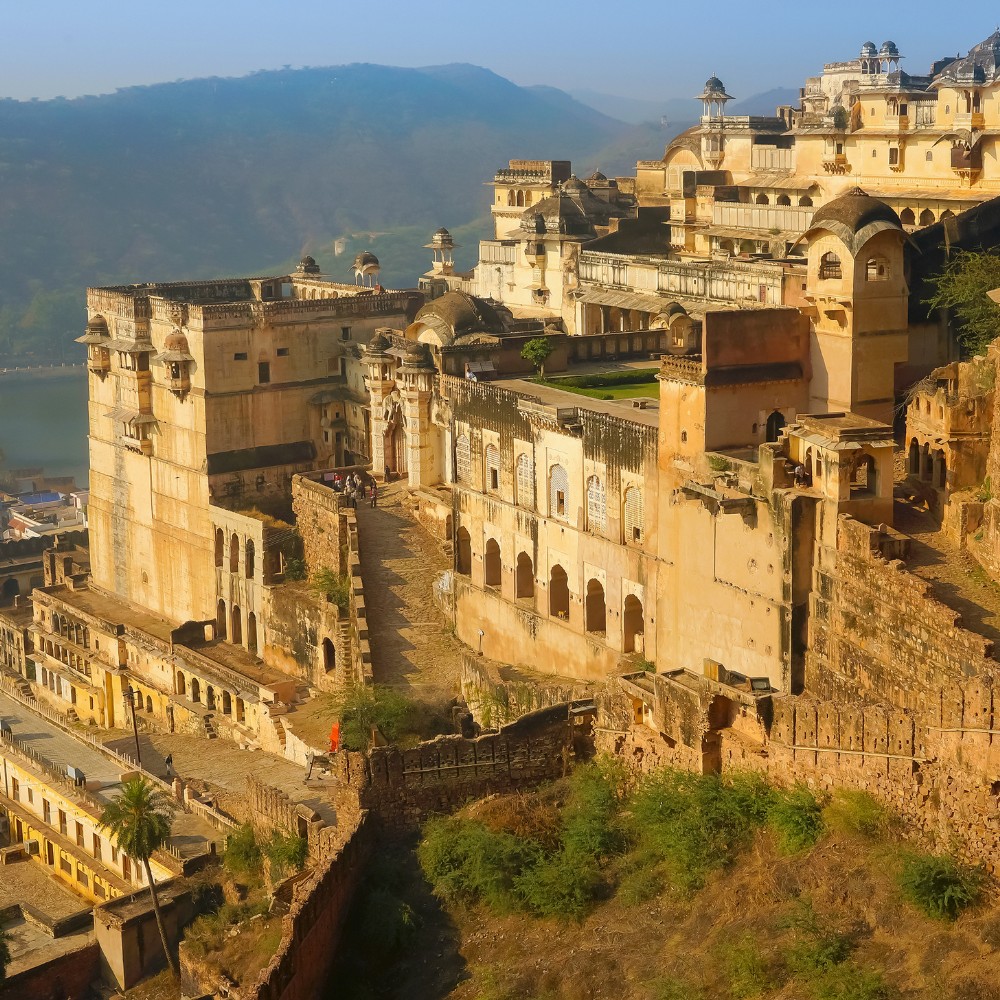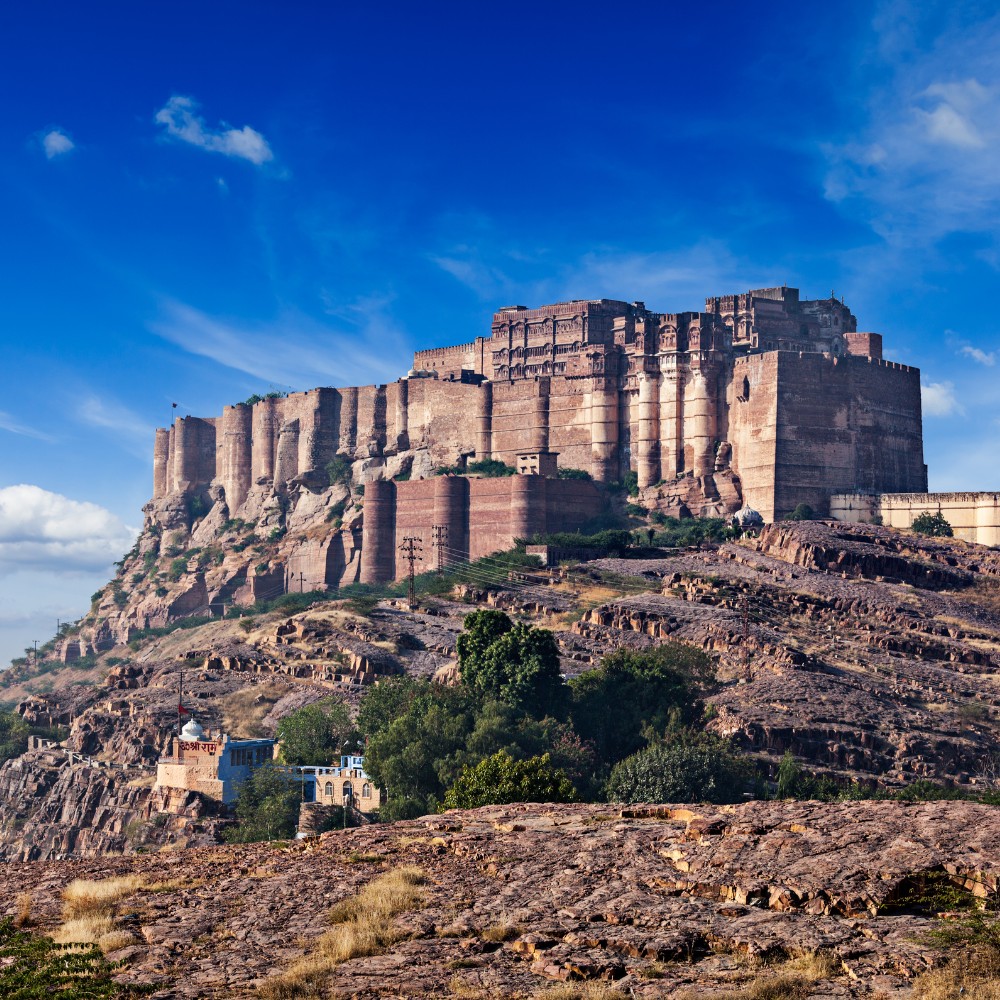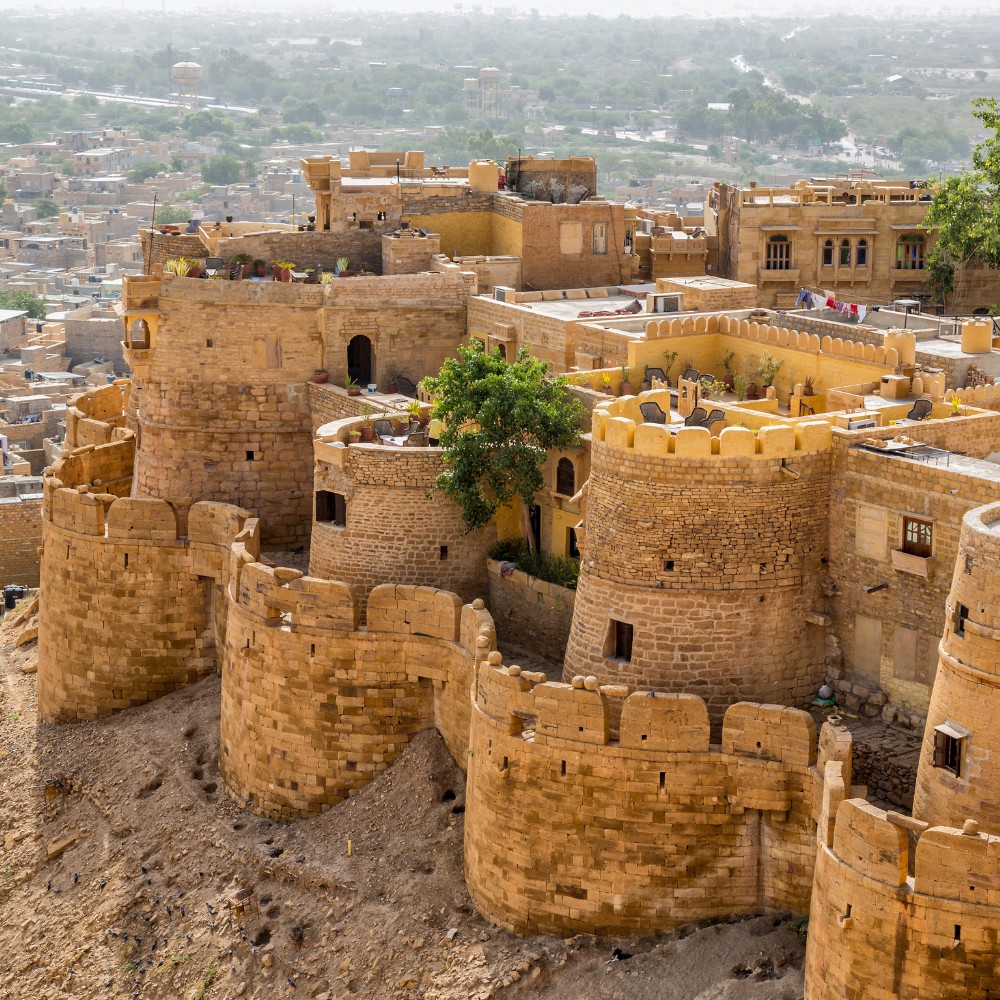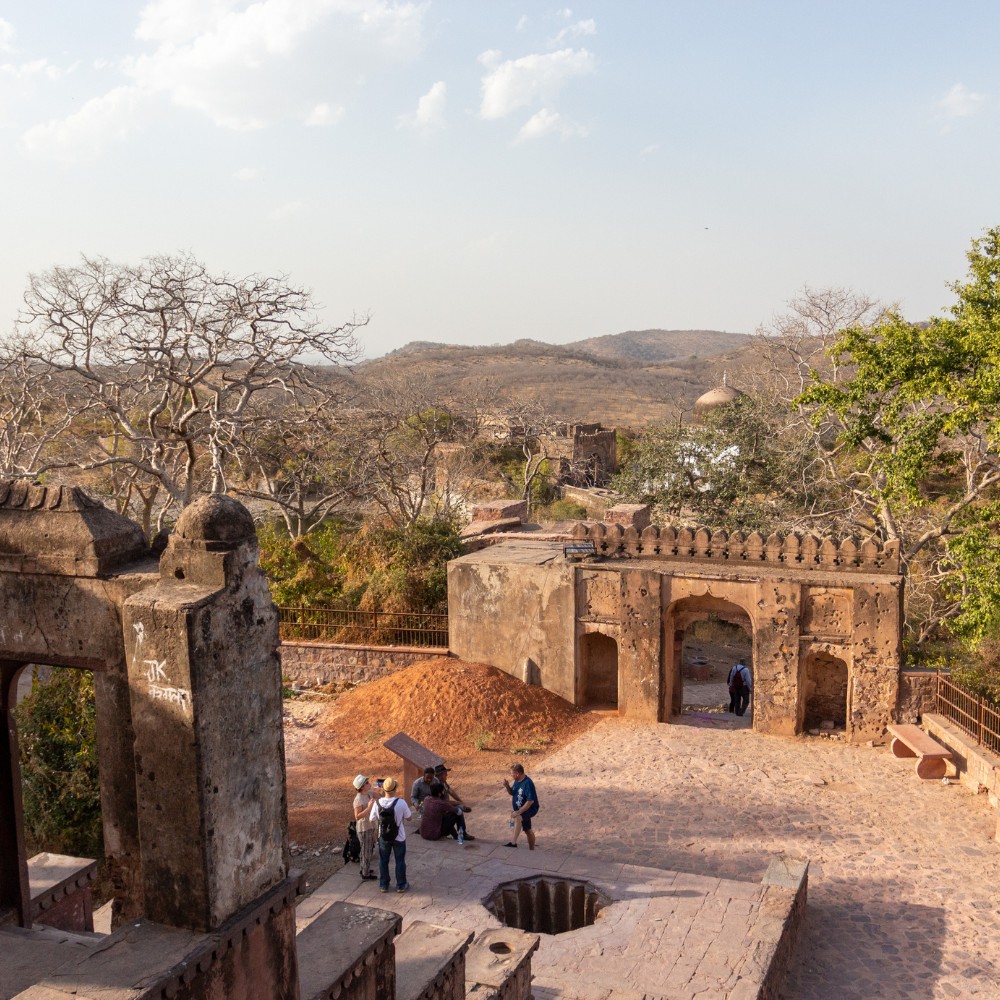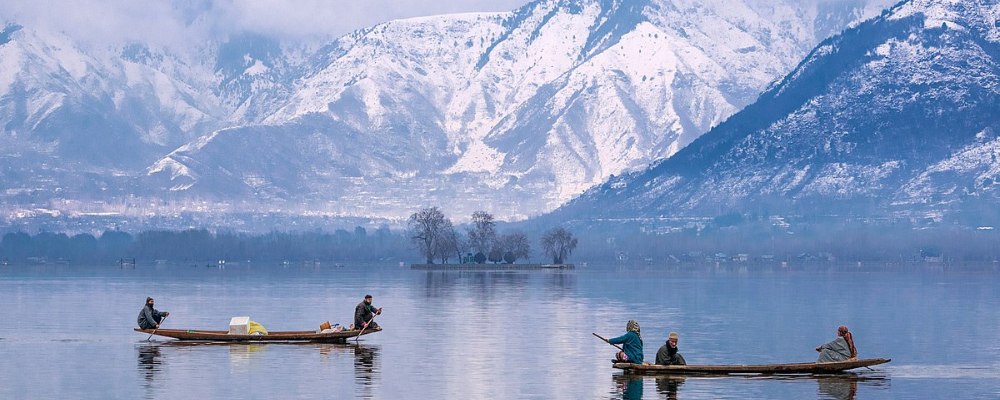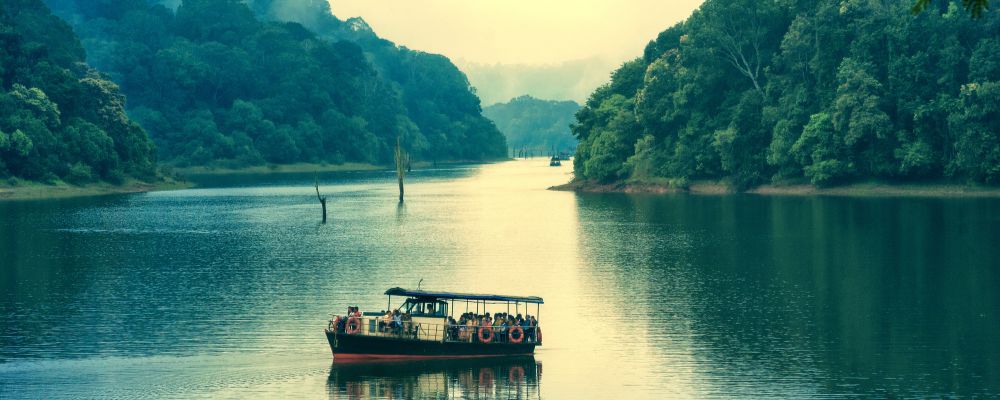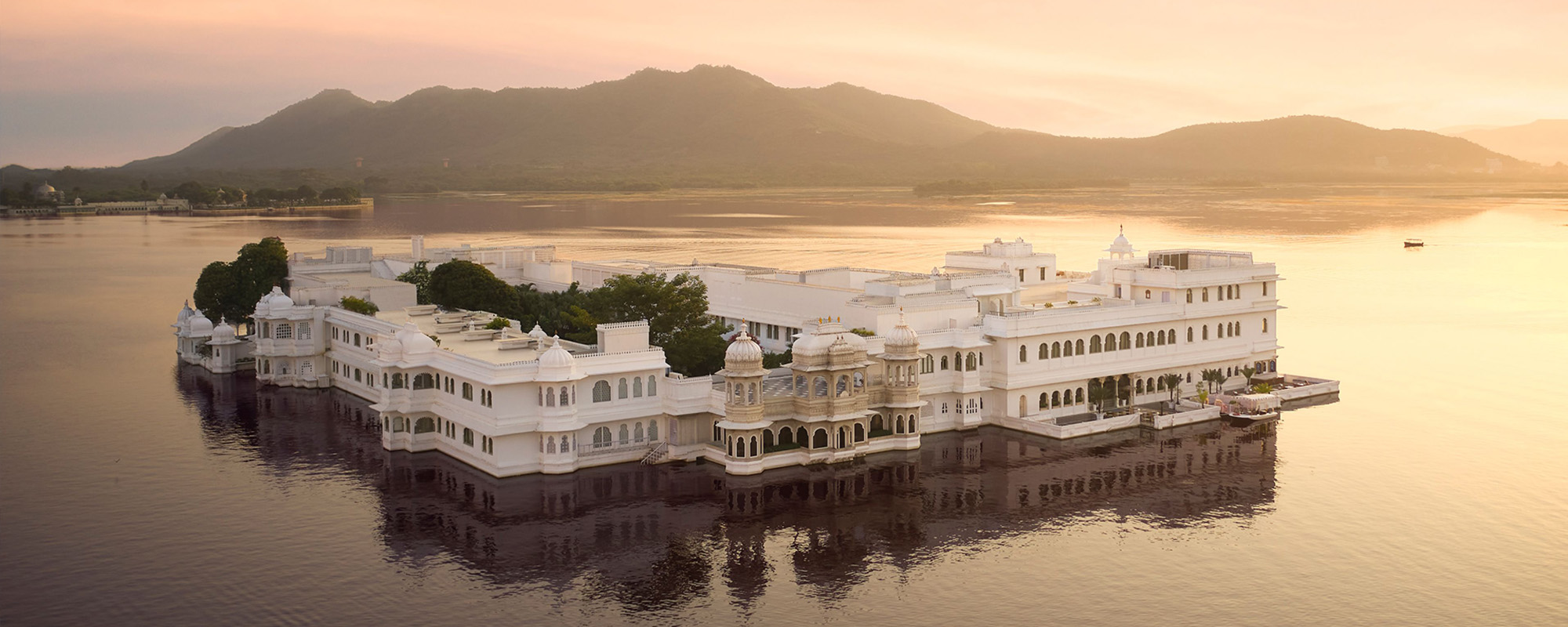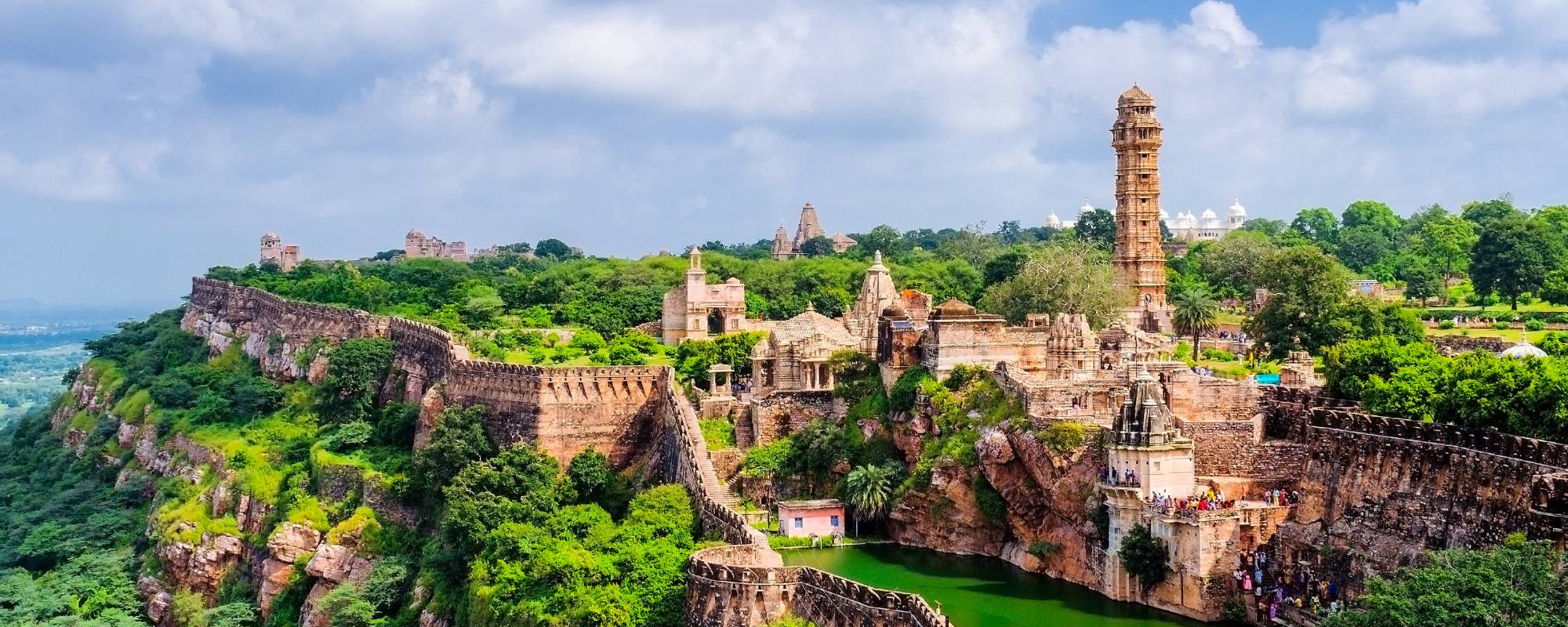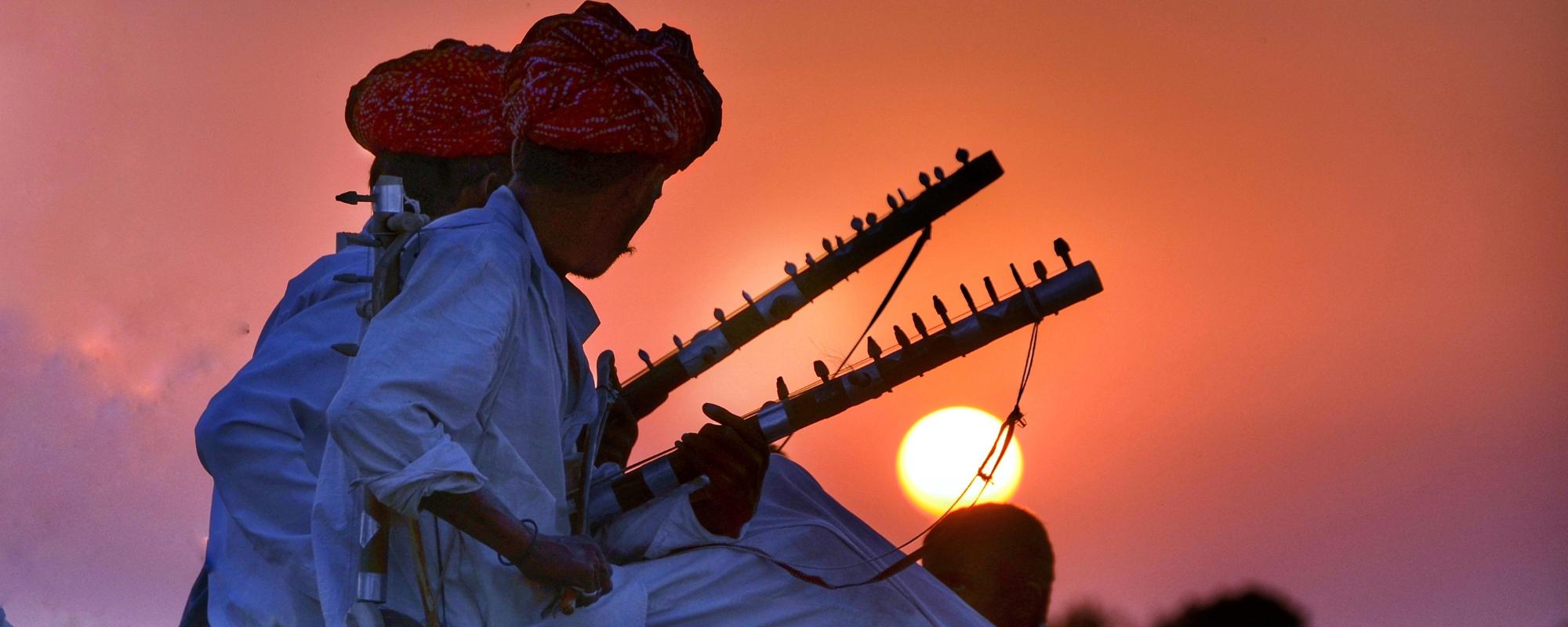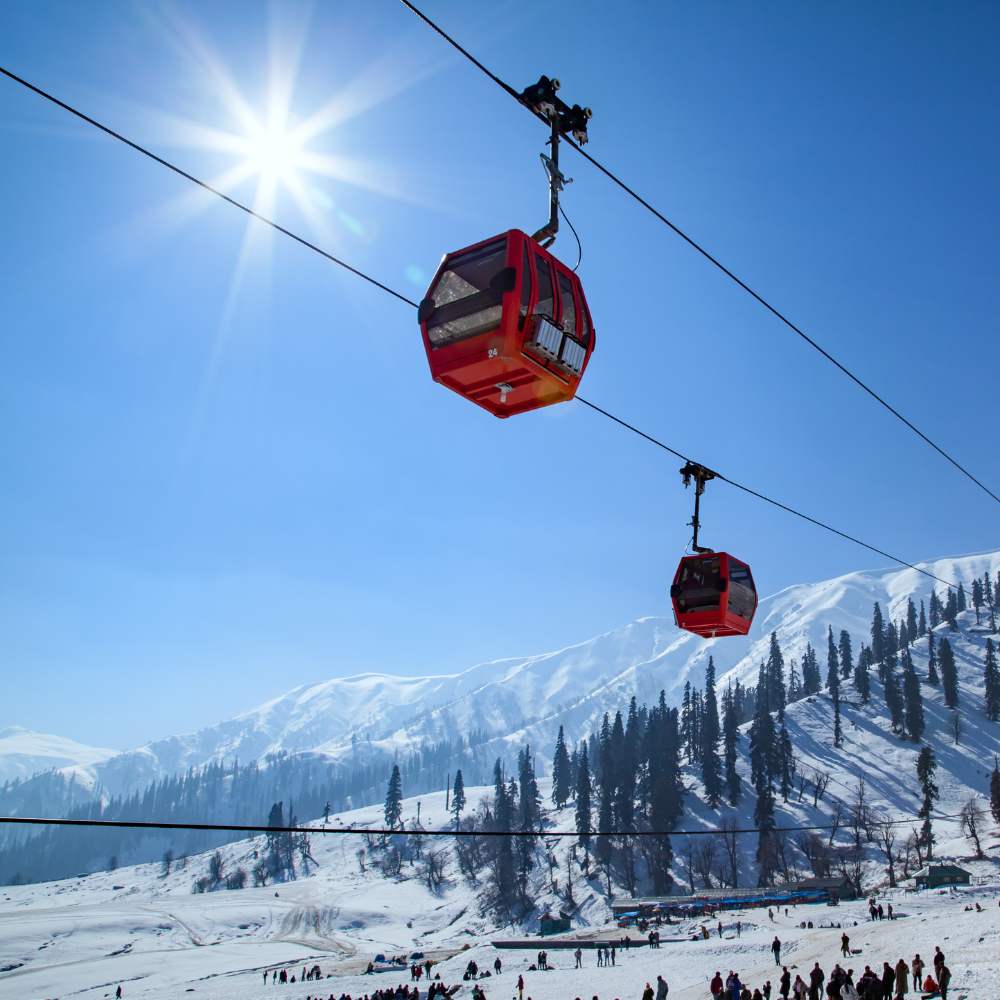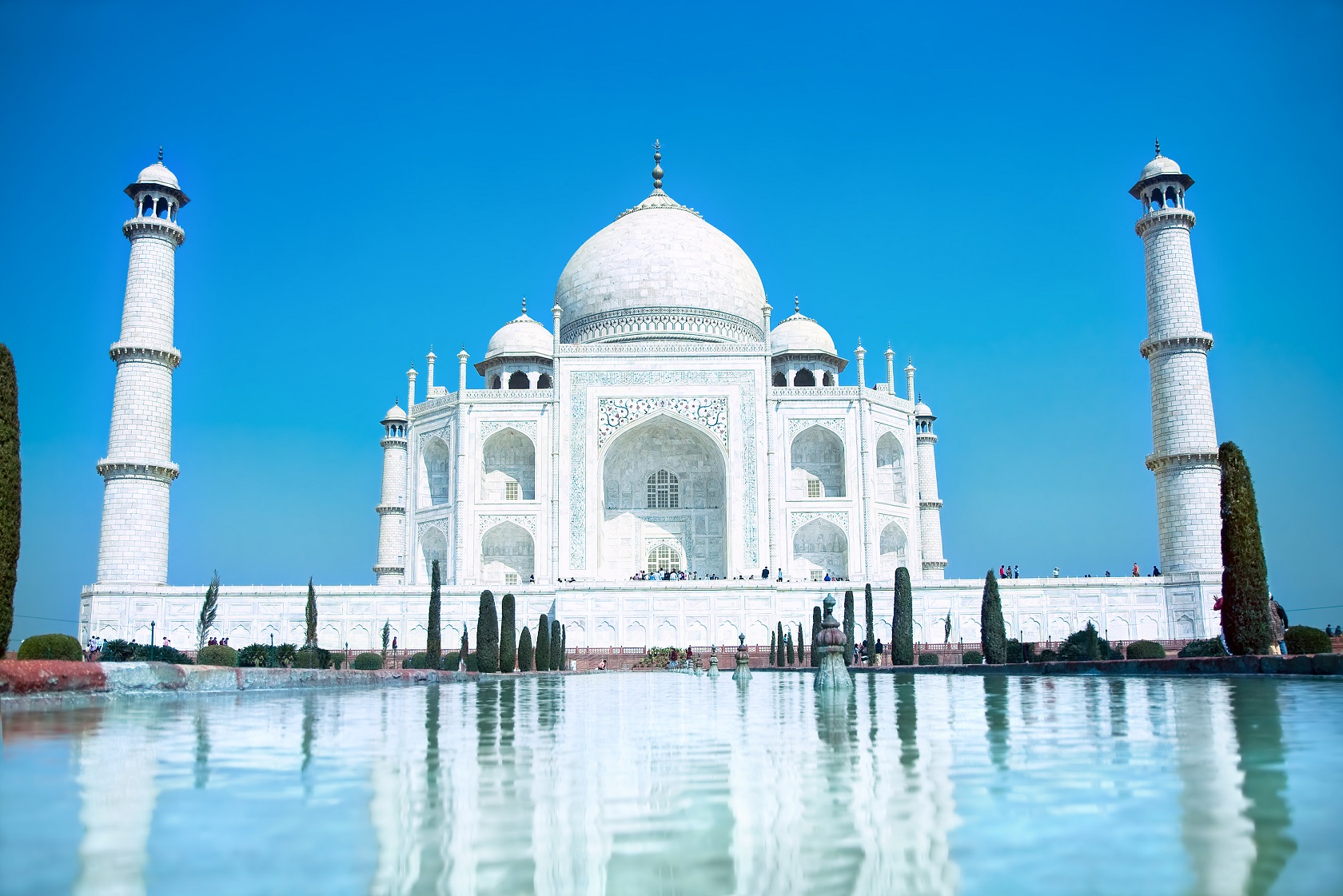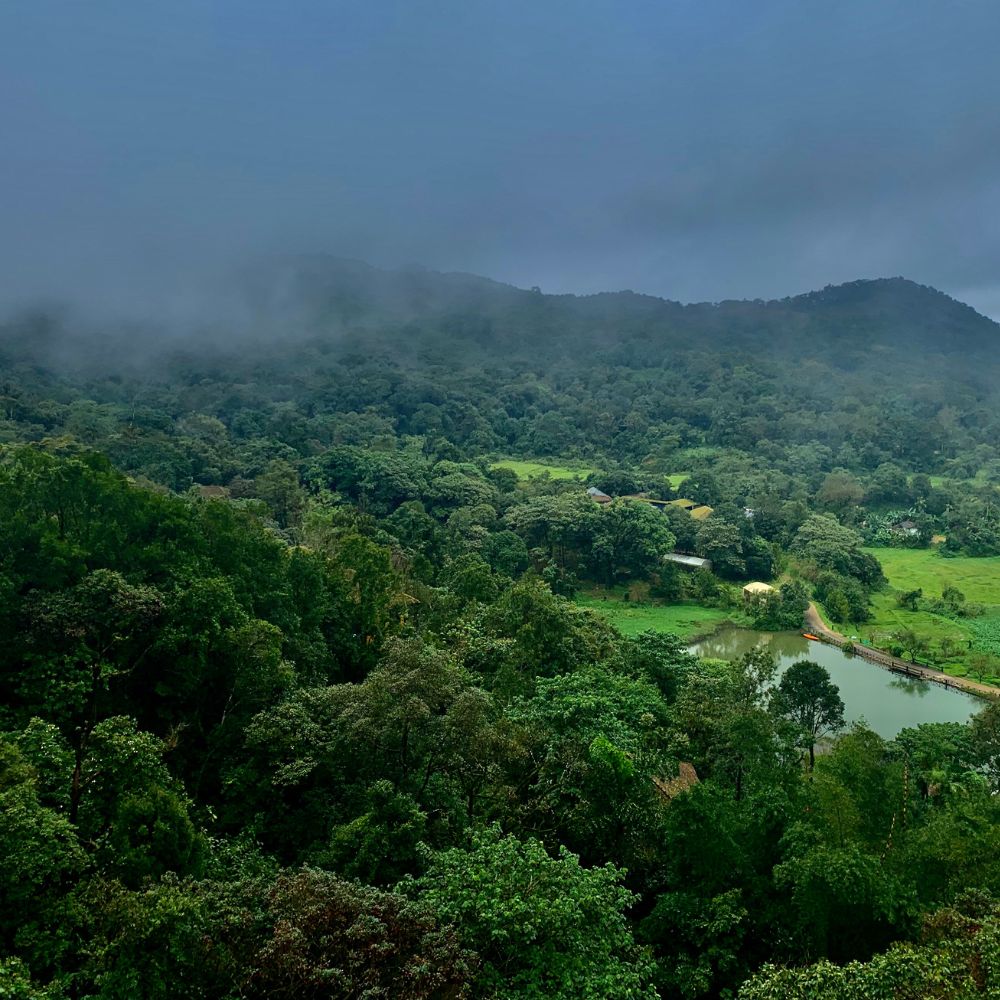Rajasthan, the land of kings, boasts an unparalleled historical tapestry woven with the threads of magnificent forts. Embarking through these monumental structures is akin to stepping back in time, where each Fort narrates tales of courage, love, and architectural brilliance.
Uncover the royal heritage of Rajasthan as we present the definitive list of the Top 10 Must-Visit Forts. From the imposing Mehrangarh Fort to the intricate details of Amer Fort, our guide takes you on a captivating journey through the architectural wonders that define Rajasthan's historical landscape. Explore the regal past and vibrant culture encapsulated within these majestic forts, each narrating a unique tale of valor and grandeur.
Amer Fort, Jaipur

Overview of Amer Fort's Regal Grandeur
Amer Fort, perched on the Aravalli Range, traces its roots to the 16th century. Constructed by Raja Man Singh I, it served as the main residence for the Rajput Maharajas. The Fort's strategic location facilitated defence against external forces, and its majestic architecture showcases a blend of Rajput and Mughal influences.
The Sheesh Mahal: A Dazzling Palace of Mirrors
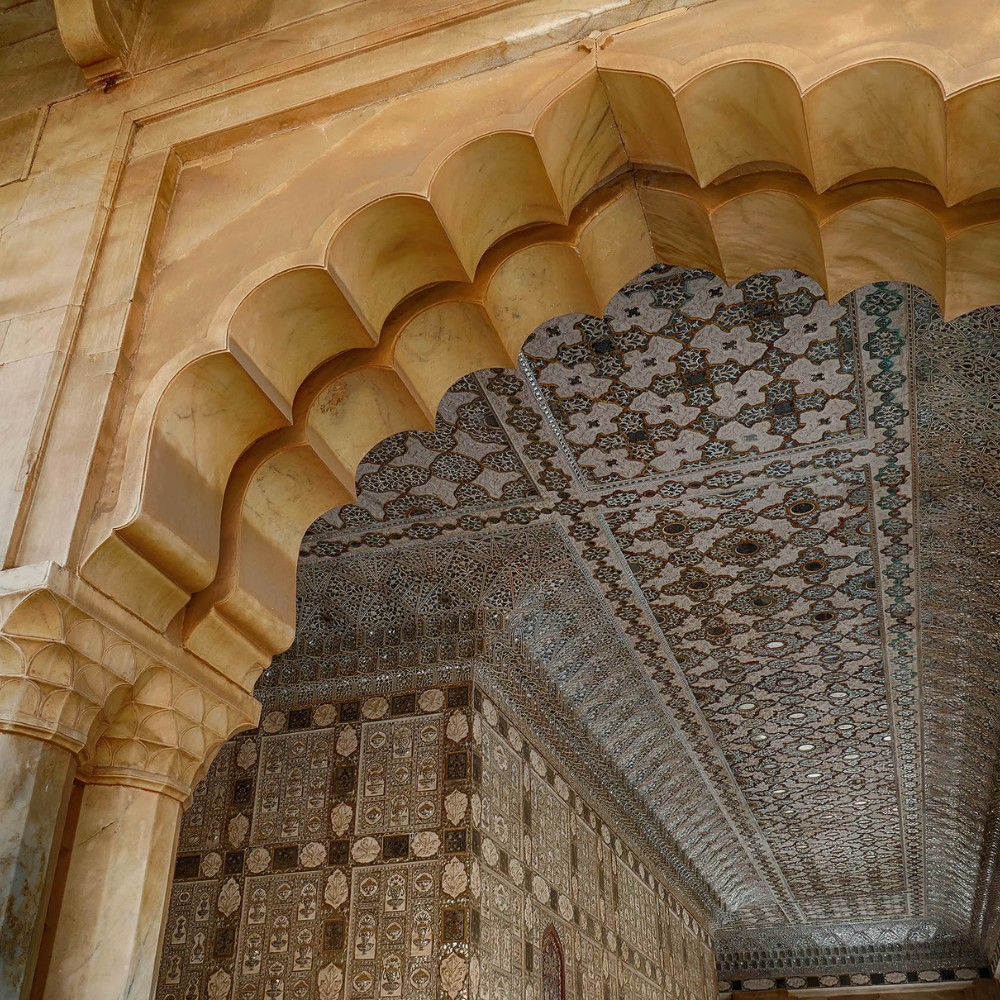
Within the Amer Fort lies the Sheesh Mahal, a dazzling palace adorned with intricate mirrorwork. As sunlight filters through, the palace transforms into a celestial chamber, reflecting the opulence of bygone eras.
Strategic Architecture: Unraveling the Fort's Defensive Prowess
Amer Fort's strategic architecture includes the Diwan-i-Aam (Hall of Public Audience) and the Diwan-i-Khas (Hall of Private Audience), showcasing the ruler's accessibility and defensive prowess. The winding passages and hidden tunnels were tactical, ensuring the Fort's resilience against sieges.
The Shila Devi Temple: Spiritual Resonance within the Fort

Nestled within Amer Fort is the Shila Devi Temple, dedicated to the patron goddess of the royal family, Shila Devi. This temple holds immense significance in Rajput history and tradition. Legend has it that Raja Man Singh I, during his conquest of Jessore (now in Bangladesh), dreamt of the goddess instructing him to retrieve her idol. The idol of Shila Devi was found in the sea, and it was enshrined in Amer Fort with great reverence.
How to Reach Amer Fort:
From Jaipur City Center, Amer Fort is approximately 15 kilometres away. Visitors can hire taxis or use public transport to reach the Fort.
Chittor Fort, Chittorgarh
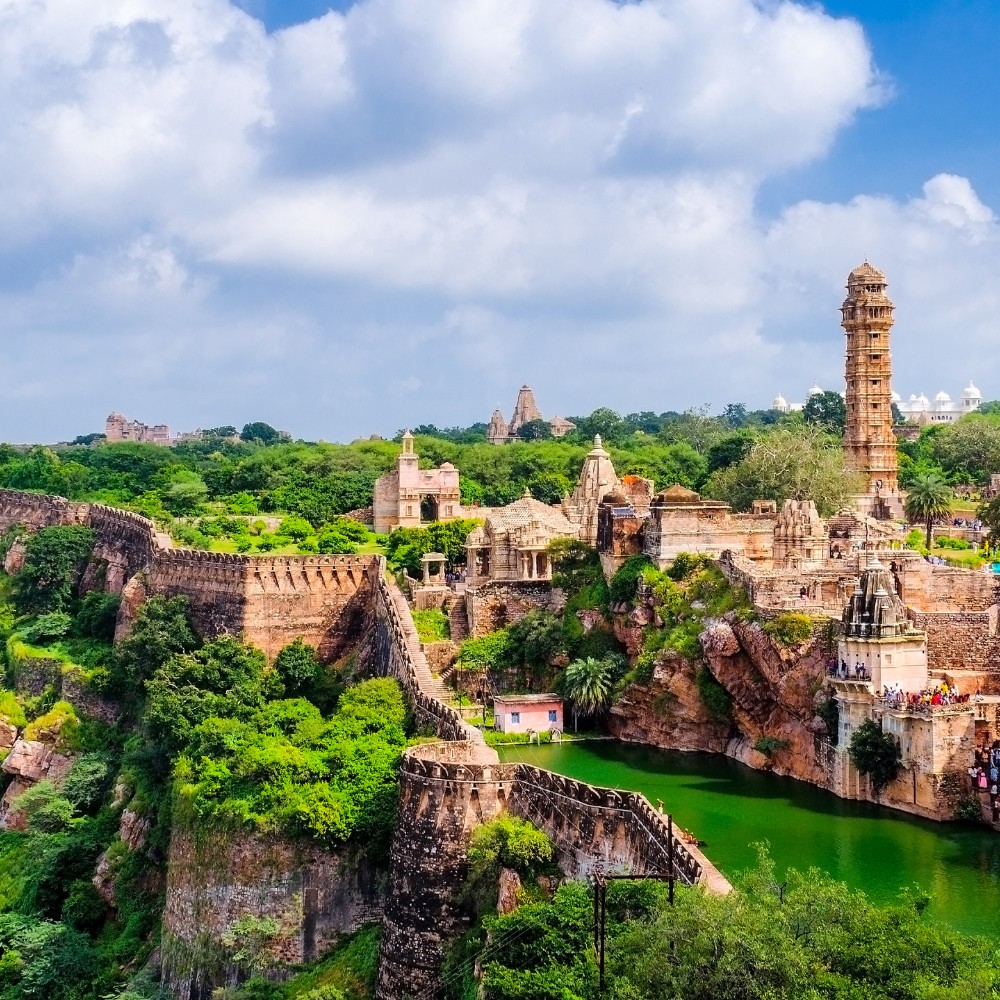
Chittorgarh Fort, AKA Chittor Fort or Chittod Fort built in the 7th century, is a sprawling complex with a storied past. Its construction is credited to Chitrangada Mori of the Maurya dynasty. The fort's architecture, characterized by massive gates and intricate carvings, reflects the grandeur of the Rajput dynasty.
Tower of Victory: Symbolizing Triumphs of Rajput Valor
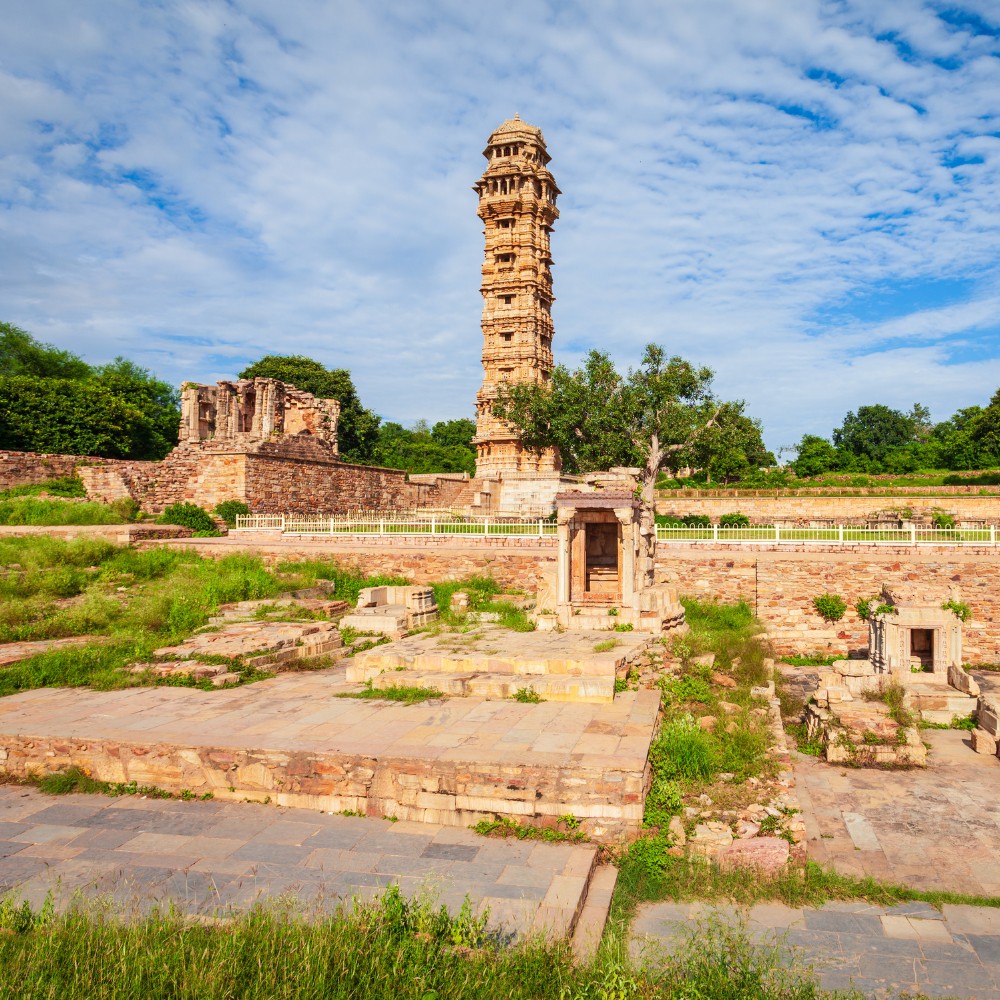
The Vijay Stambha or Tower of Victory, was erected by Maharana Kumbha in the 15th century to commemorate his victory over Malwa's and Gujarat's combined forces. This nine-story tower stands as a symbol of Rajput's courage and the indomitable spirit of the Mewar rulers.
The Sacred Padmini Palace: A Tale of Love and Sacrifice
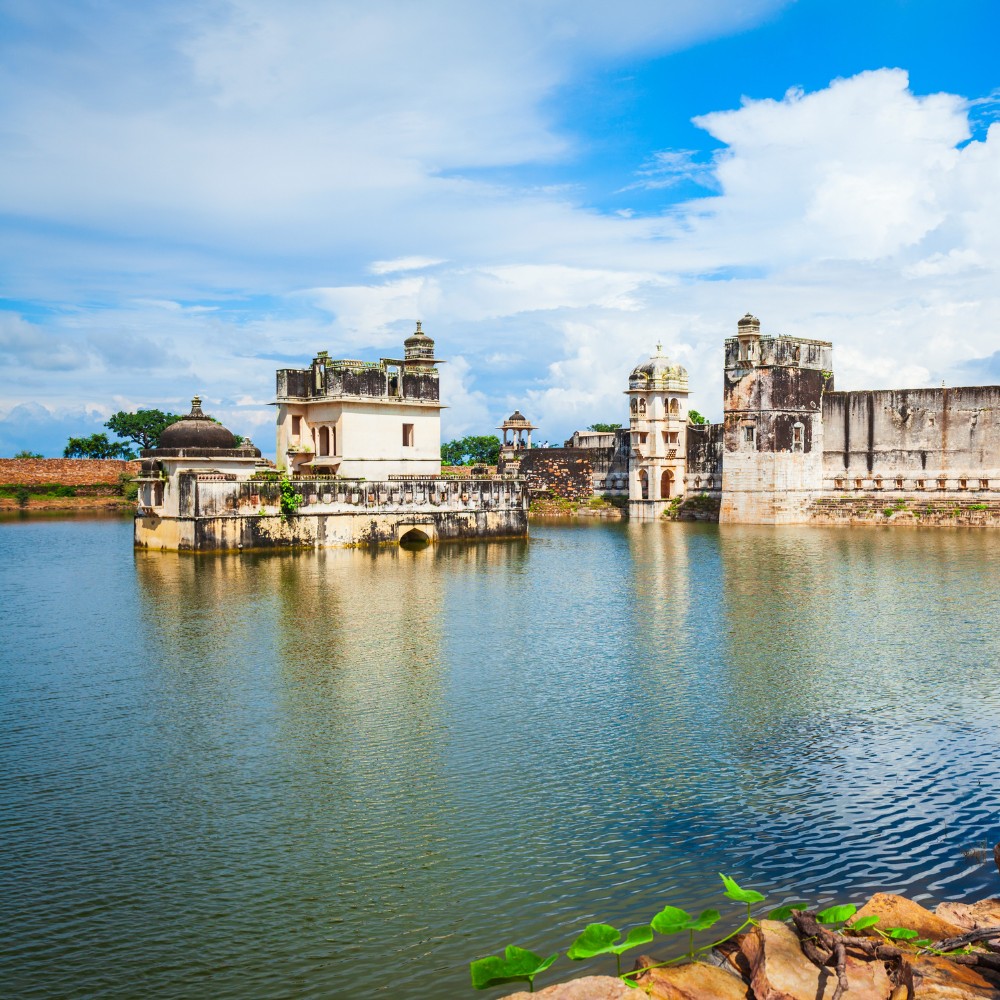
The Padmini Palace within Chittorgarh Fort tells the tale of Queen Padmini's legendary beauty and the tragic tale of sacrifice during the siege by Alauddin Khilji. The palace's reflection in the lotus pool adds a mystical aura to its historical significance.
How to Reach Chittor Fort:
From Udaipur City, Chittorgarh City is approximately 117 kilometres away. While the fort is around 3 kilometer away from Chittorgarh City. The fort is well-connected by road, and buses and taxis are available for the journey.
Taragarh Fort, Bundi

Taragarh's Commanding Hilltop Presence
Taragarh Fort, dating back to the 14th century, stands majestically atop a hill in Bundi, Rajasthan. This formidable structure, also known as the "Star Fort," owes its construction to Rao Bar Singh, one of the influential rulers of Bundi. The fort's elevated position provided strategic advantages for defence and bestowed breathtaking panoramic views of the town and its surroundings.
Hidden Tunnels and Mysteries: Unveiling Taragarh's Secrets
Beneath the surface of Taragarh Fort, a labyrinth of hidden tunnels weaves through the foundations. These underground passages, rumoured to have been used for strategic purposes and as covert escape routes during the conflict, add an air of mystery to the fortress's history.
How to Reach Taragarh Fort:
Taragarh Fort is centrally located in the Bundi city. Visitors can easily access the fort on foot, as it is within the town. The ascent to the fort provides a scenic journey through the historic streets of Bundi.
Mehrangarh Fort, Jodhpur
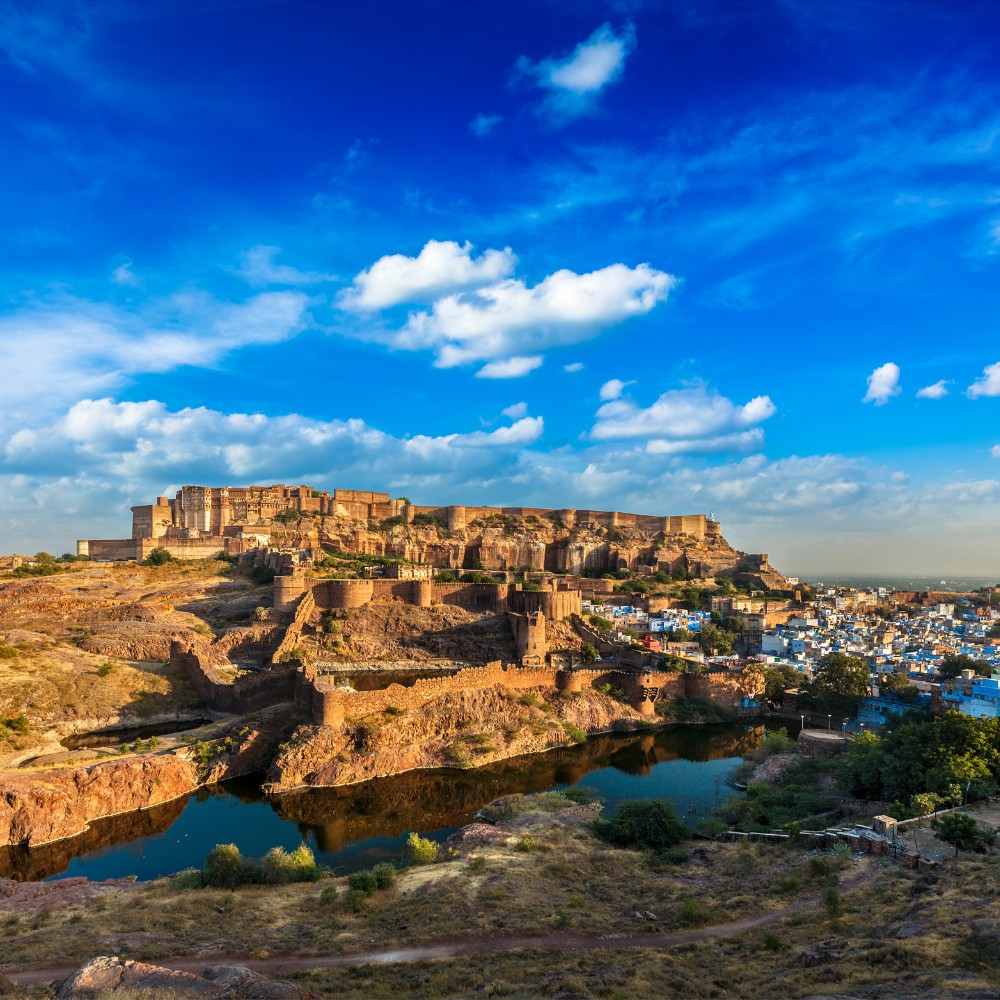
Mehrangarh's Citadel in the Blue City
Mehrangarh Fort, overlooking the Blue City of Jodhpur, has stood as a symbol of power and grandeur since its inception in the mid-15th century. Rao Jodha, the founder of Jodhpur, commissioned the fort to establish a secure seat of power. The imposing walls of Mehrangarh showcase a seamless blend of Rajput and Mughal architectural styles.
Moti Mahal: A Pearl in the Fort's Crown
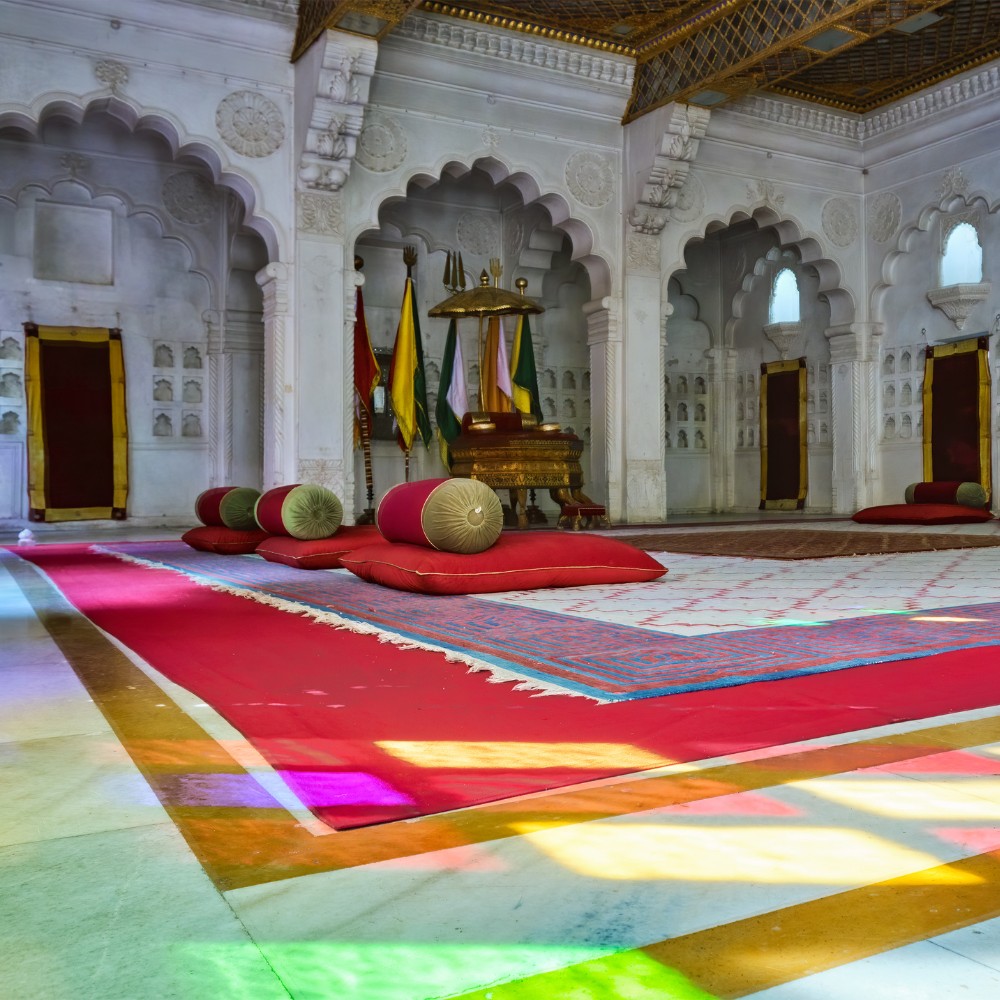
Moti Mahal within Mehrangarh Fort, was constructed by Maharaja Sur Singh in the 18th century. Its name, translating to the "Pearl Palace," reflects the luxury of the Rajput rulers. Moti Mahal was a private chamber for the Maharajas, adorned with exquisite mirror work and delicate designs.
Loha Pol: The Iron Gate and Its Historical Significance
The Loha Pol, or Iron Gate, marks the entry into Mehrangarh Fort. Built by Maharaja Ajit Singh, this gate bears historical significance, with handprints of the queens who immolated themselves on the funeral pyre of Maharaja Man Singh in 1843. The handprints stand as a poignant reminder of the Rajput tradition of self-sacrifice.
How to Reach Mehrangarh Fort:
Mehrangarh Fort is approximately 5 kilometres from the centre of Jodhpur city. Visitors can easily reach the fort by hiring taxis, auto-rickshaws, or local transportation services.
Junagarh Fort, Bikaner
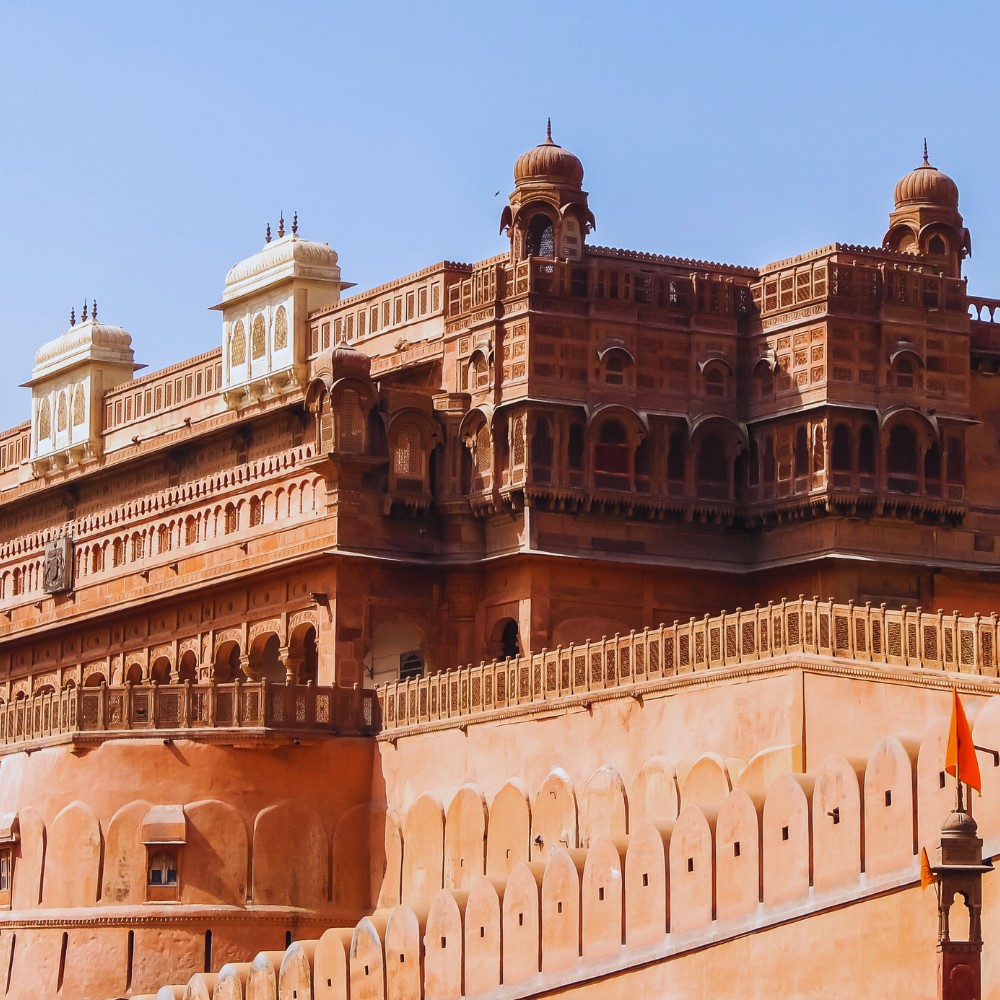
Junagarh's Unique Blend of Architectural Styles
Junagarh Fort in Bikaner is a marvel of architectural fusion, seamlessly blending Rajput, Mughal, and Gujarati styles. Its diverse influences create a visual symphony that captivates the discerning eye.
Anup Mahal: Resplendent with Ancestral Opulence

Anup Mahal, within the Fort's precincts, resonates with the luxury of yesteryears. Its ornate interiors, adorned with intricate mirror work and delicate filigree, offer a glimpse into the regal lifestyle of Bikaner's erstwhile rulers.
The Chandra Mahal: A Royal Residence Within the Fort
At the heart of Junagarh lies the Chandra Mahal, a royal residence adorned with vibrant frescoes and elegant architecture. It is a testament to the comfort and luxury that the rulers of Bikaner once enjoyed within the Fort's protective embrace.
Jaisalmer Fort (Sonar Quila), Jaisalmer
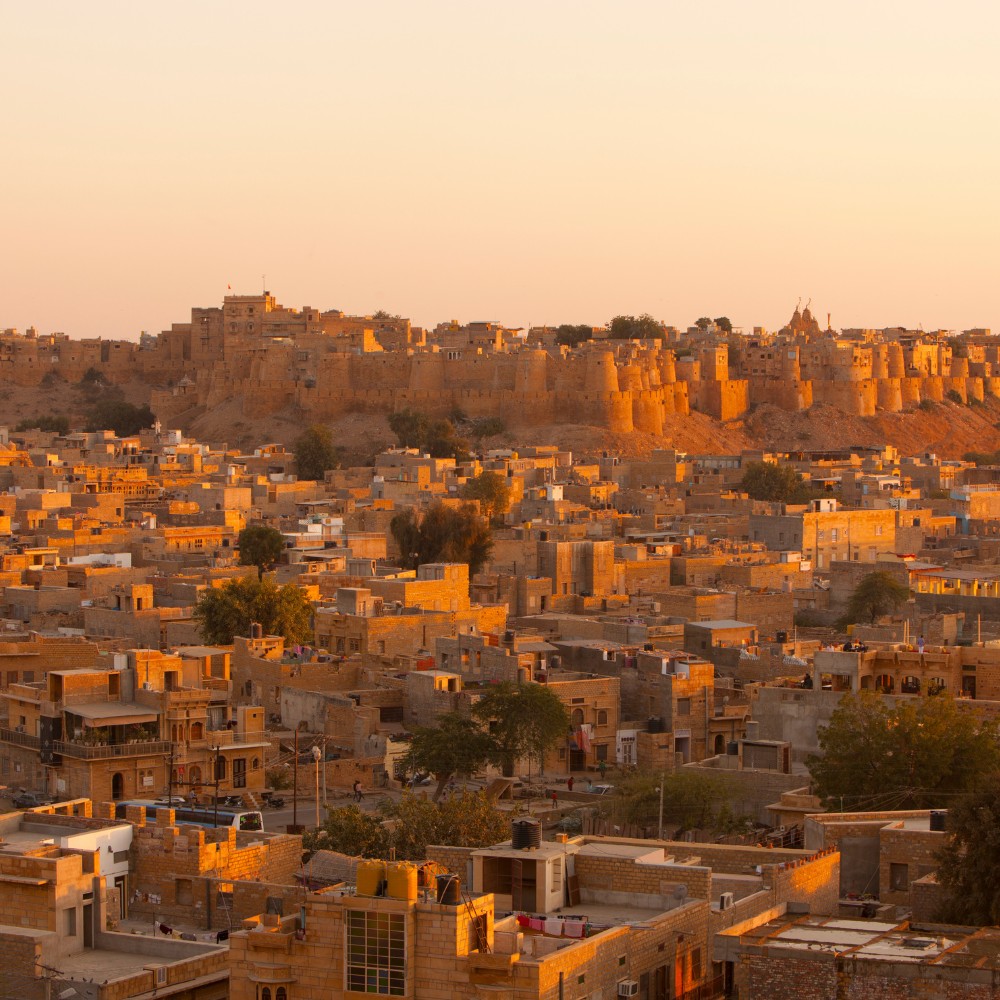
Jaisalmer's Golden Fortress in the Thar Desert
Jaisalmer Fort, (also known as the Swarn Durg, Sonar Quila or Golden Fort) a mesmerizing golden citadel rising from the Thar Desert, dates back to the 12th century. The Jaisalmer Fort also goes by the name Sonar Quila (Golden Fort) as it rises from the desert itself and seems to become one with the golden hues of the sand. The fort was founded by Maharaja Rawal Jaisal and served as a strategic outpost along the ancient trade routes. Its distinctive golden hue, derived from locally quarried yellow sandstone, has earned it the "Golden Fortress."
Nathmal Ki Haveli: A Masterpiece of Intricate Carvings
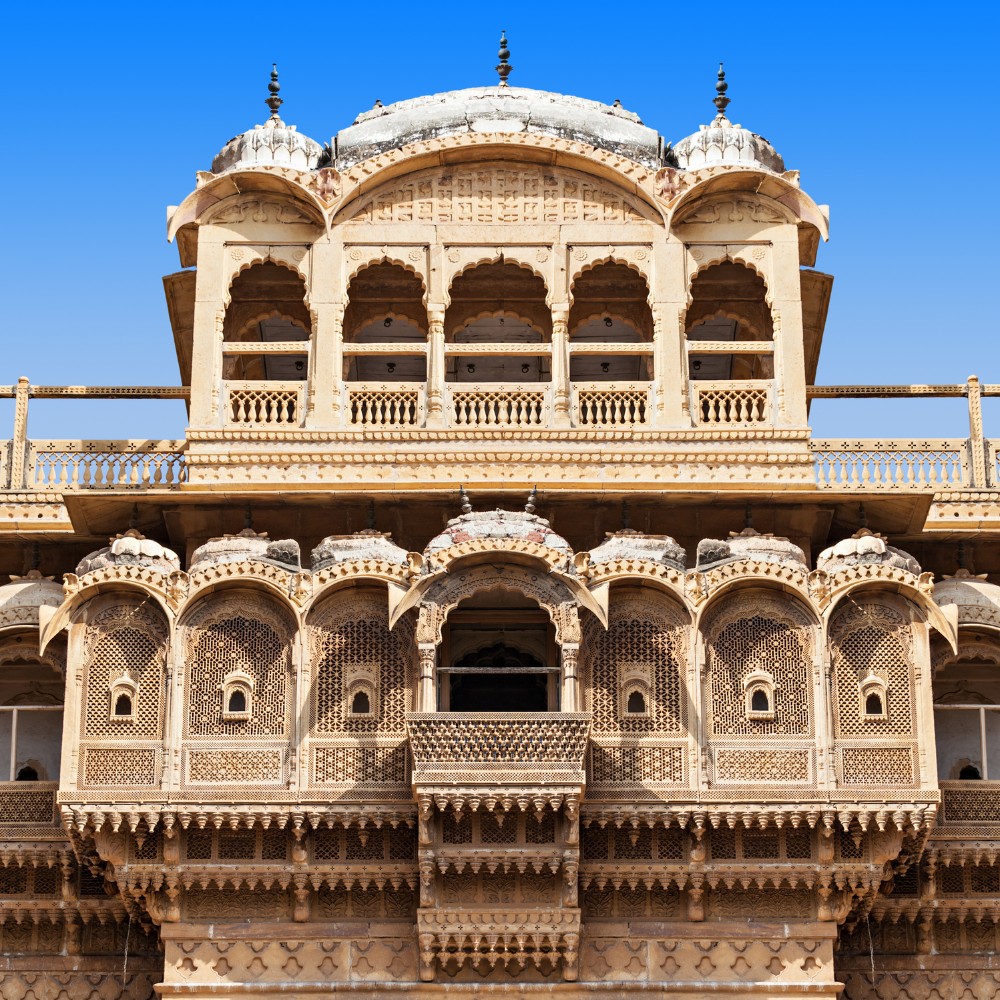
Nathmal Ki Haveli, a gem within Jaisalmer Fort, was commissioned by two brothers, Hathi Singh and Lallu Singh, who served as the Prime Ministers of the kingdom. This architectural marvel showcases Rajput and Islamic styles, with intricately carved facades, ornate balconies, and delicate latticework.
The Laxminath Temple: Spiritual Oasis Amidst the Sands
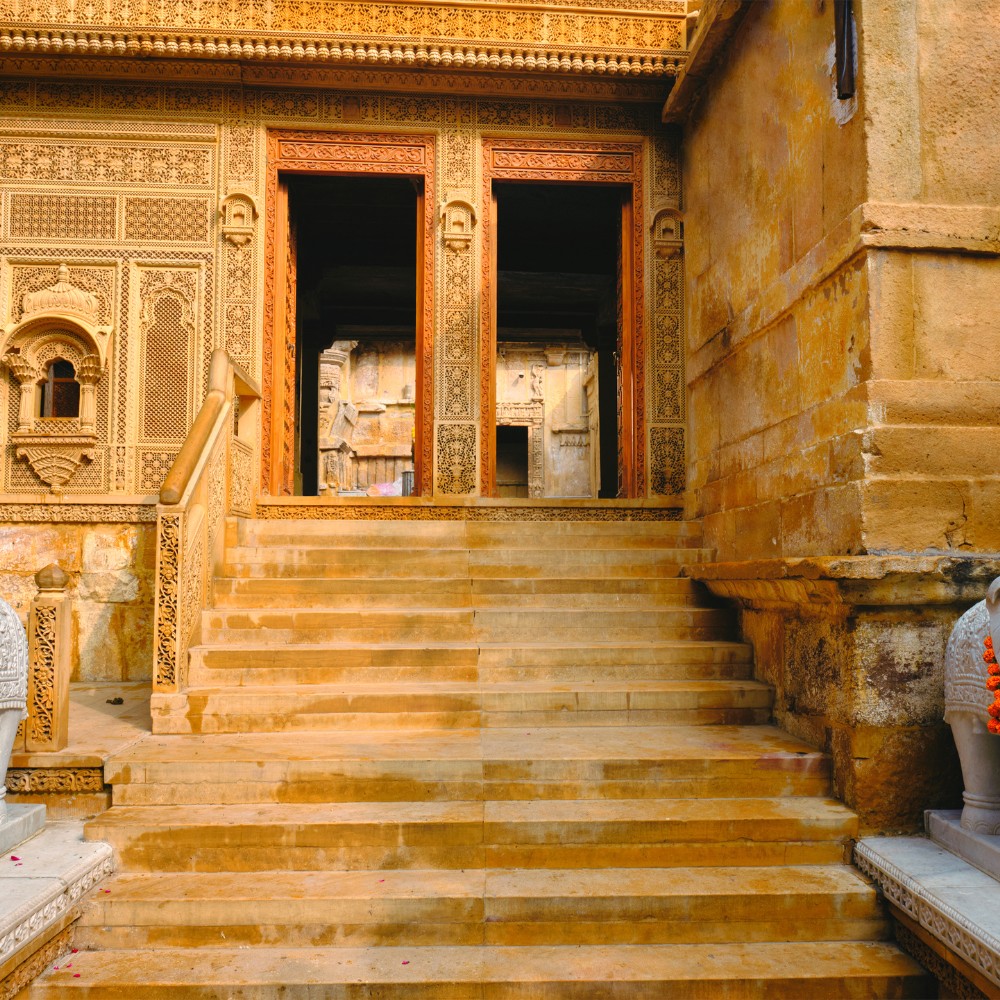
Nestled within Jaisalmer Fort, the Laxminath Temple stands as a spiritual oasis. Dedicated to Lord Vishnu and Goddess Lakshmi, the temple's architecture features intricate carvings and sculptures, offering a serene retreat amidst the bustling life within the fort's walls.
How to Reach Jaisalmer Fort:
Jaisalmer Fort is centrally located within Jaisalmer city. Visitors can easily reach the fort by walking or hiring local transport, such as auto-rickshaws or taxis.
Jaigarh Fort, Jaipur
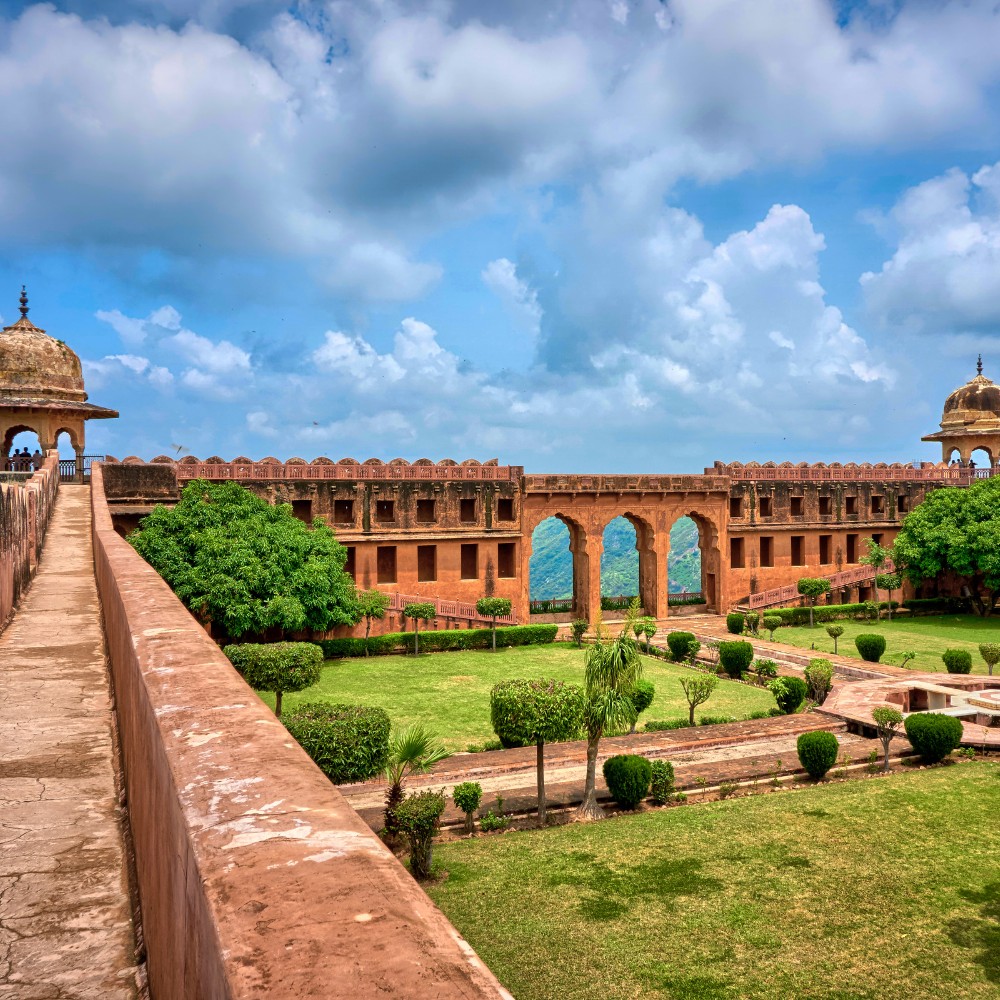
Jaigarh's Hilltop Splendor Overlooking Amer Fort
Jaigarh Fort, perched on the Aravalli hills, shares a symbiotic relationship with Amer Fort, standing sentinel above it. Built-in the early 18th century by Maharaja Jai Singh II, Jaigarh Fort served as a military stronghold, protecting the Amer Fort and the city of Jaipur from potential invasions.
The World's Largest Cannon: Jaivana and Its Legacy
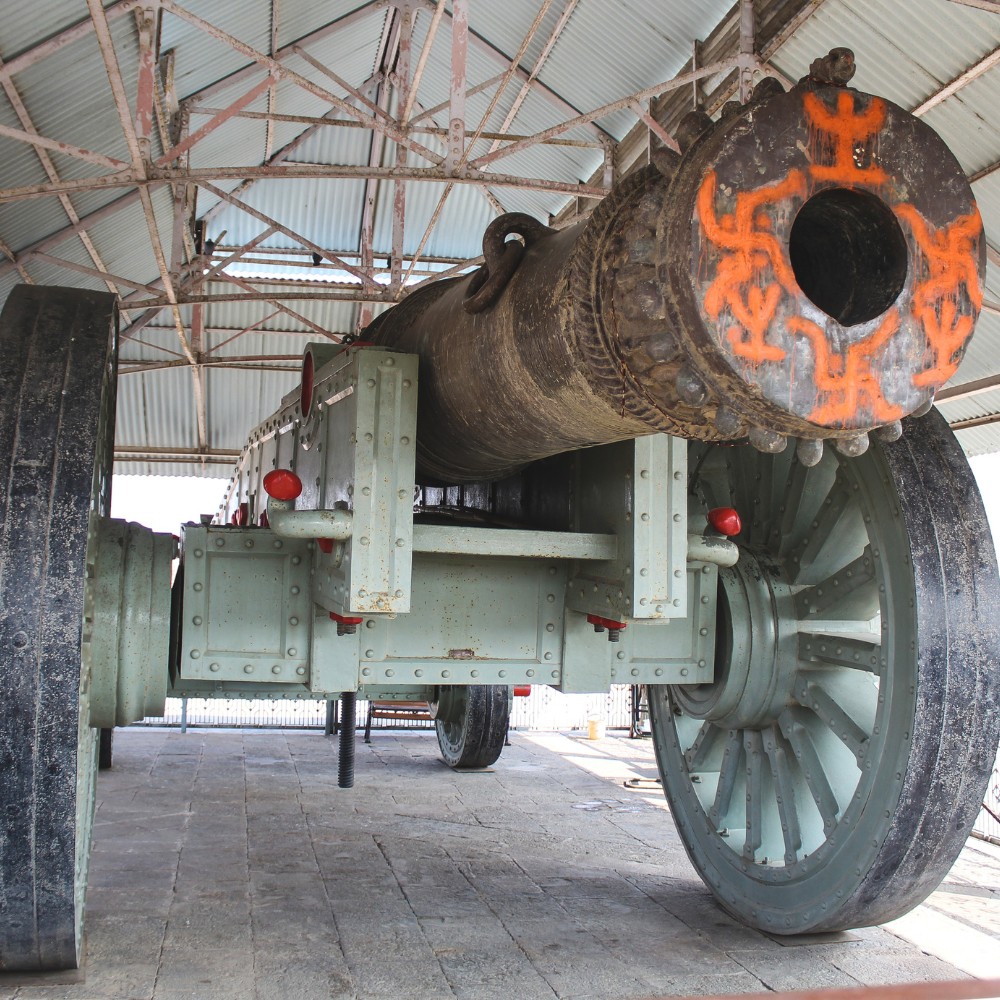
Jaigarh Fort is home to Jaivana, the world's largest cannon on wheels, commissioned by Maharaja Sawai Jai Singh II. The colossal artillery piece, weighing over 50 tons, showcases the time's technological advancements and the Rajputs' military prowess.
Aram Bagh: The Mughal-style garden within the Fort
Aram Bagh, a Mughal-style garden within Jaigarh Fort, offers a tranquil retreat amidst the rugged military architecture. Constructed in the Persian Charbagh style, the garden features fountains, pathways, and lush greenery, providing a peaceful escape within the fort's formidable walls.
How to Reach Jaigarh Fort:
Jaigarh Fort is approximately 15 kilometres away from the Jaipur city. Visitors can reach the fort by hiring taxis or using local transport services.
Kumbhalgarh Fort (Kumbhal Fort), Kumbhalgarh
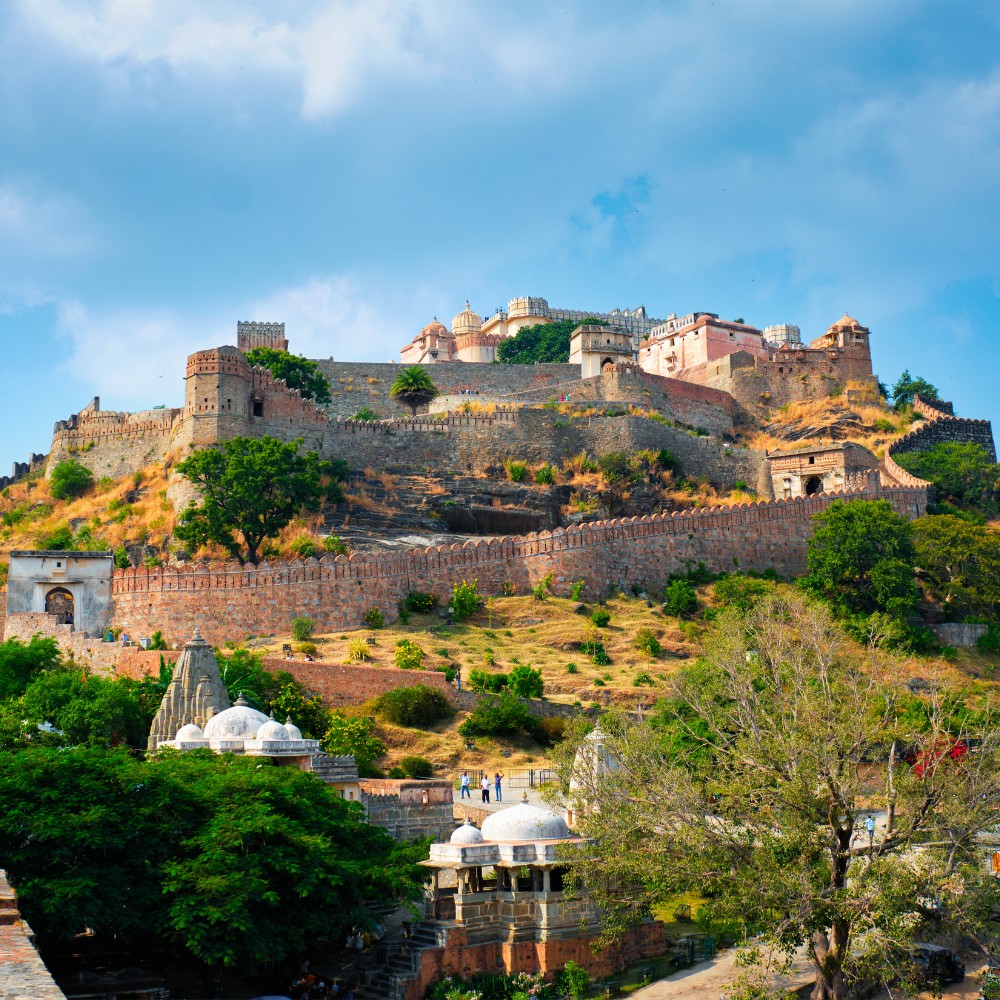
Kumbhalgarh's Mighty Walls and Impenetrable Defenses
Kumbhalgarh Fort AKA Kumbhal Fort, commissioned by Rana Kumbha in the 15th century, boasts the second-longest continuous wall in the world, stretching over 36 kilometres. The fort's strategic location in the Aravalli Range served as a formidable defence against external threats, emphasizing the military acumen of the Mewar rulers. The fort is about 48 km from Rajsamand city in the Rajsamand district of the Rajasthan state in western India. It is located about 84 km from Udaipur city.
The Badal Mahal: Cloud-Kissed Beauty on the Fort's Heights
Badal Mahal, or the Palace of Clouds, perched at the highest point of Kumbhalgarh Fort, offers a regal residence and breathtaking views of the surrounding landscape. Built by Rana Fateh Singh, this palace exemplifies Rajput architectural finesse.
The Kumbha Palace: A Glimpse into Royal Living
Kumbha Palace within the fort complex provides insight into the opulent lifestyle of the Mewar rulers. The palace, ornate chambers, balconies, and courtyards reflect the grandeur and refinement that characterized the royal residences.
How to Reach Kumbhalgarh Fort:
Kumbhalgarh Fort is approximately 84 kilometres from Udaipur city. Visitors can reach the fort by hiring taxis or using local transport services.
Ranthambore Fort, Ranthambore

Ranthambore's Fortified Haven Amidst Wildlife
Ranthambore Fort, dating back to the 10th century, is a unique fusion of history and wildlife. Situated within the Ranthambore National Park, the fort served as a strategic defence post and hunting lodge for the rulers of Jaipur.
Trinetra Ganesh Temple: A Spiritual Respite Within the Fort
At the heart of Ranthambore Fort lies the Trinetra Ganesh Temple, dedicated to Lord Ganesha. The temple, believed to be the oldest in the region, attracts pilgrims and tourists alike, offering spiritual solace amidst the historical remnants.
Balancing History and Nature: Ranthambore's Unique Charm
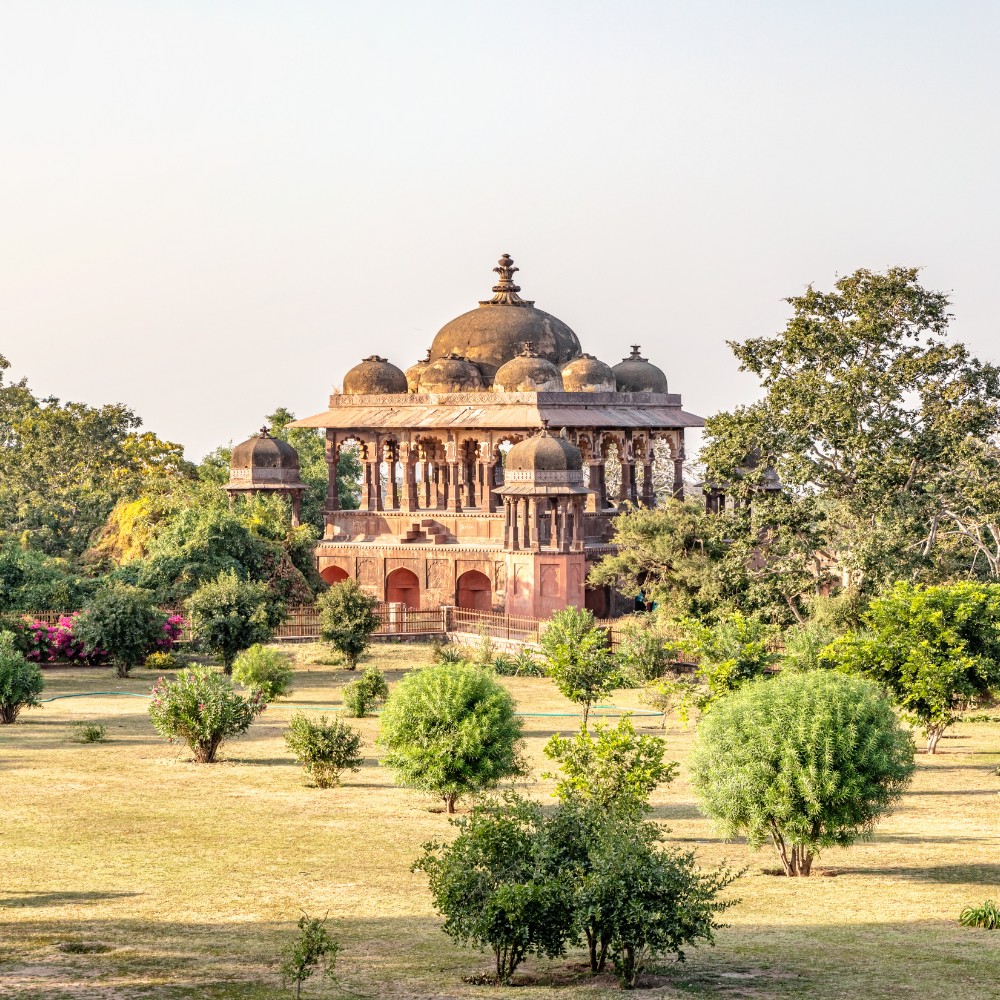
Ranthambore Fort's charm lies in its harmonious coexistence with nature. Visitors can witness the historical remnants of the fort while experiencing the vibrant wildlife that roams freely within the national park.
How to Reach Ranthambore Fort:
Ranthambore Fort is approximately 13 kilometres away from Sawai Madhopur. Visitors can reach the fort by hiring taxis or using local transport services.
Gagron Fort, Jhalawar
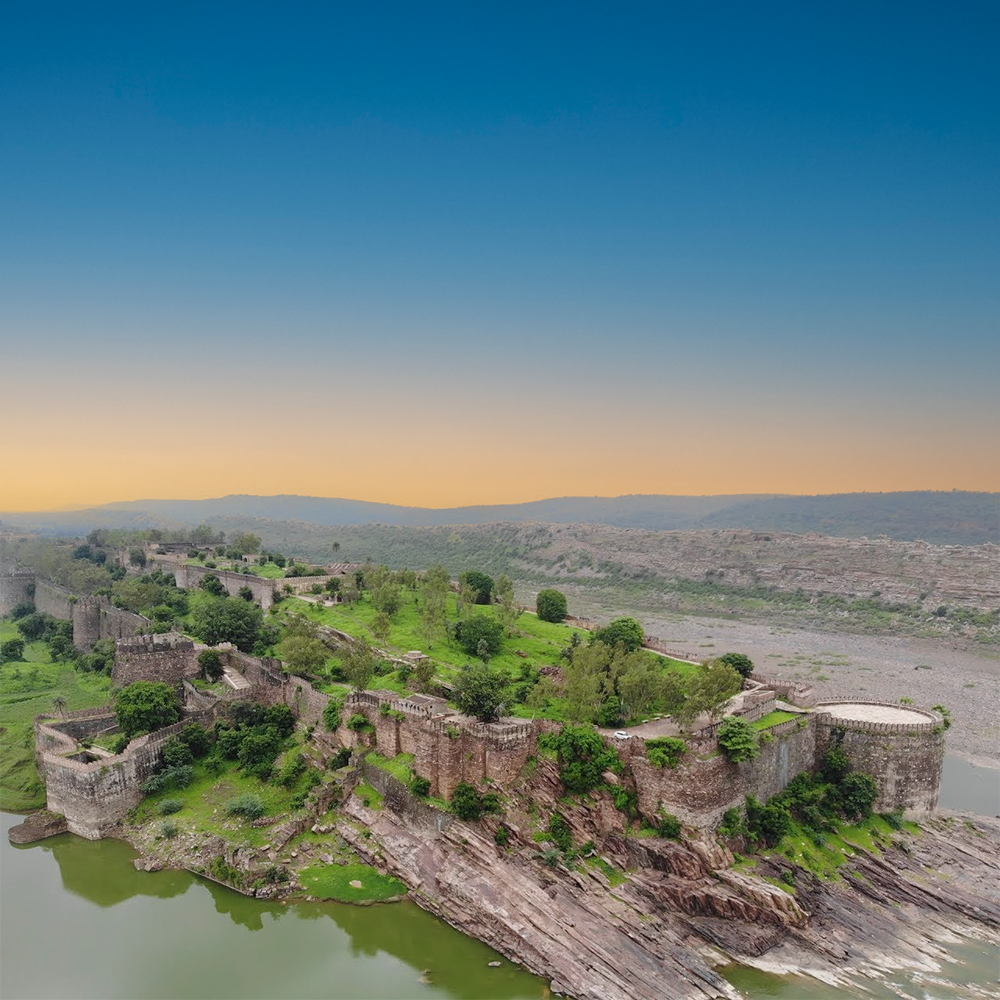
Gagron's Riverside Fortification
Gagron Fort, a medieval marvel situated at the confluence of rivers Ahu and Kali Sindh, is uniquely positioned as a riverside fortress. Dating back to the 7th century, it was initially built by the Parmar rulers and later expanded by the Khilji dynasty. The natural moats the rivers form add additional protection, making Gagron Fort an unparalleled architectural gem.
A Confluence of Hindu and Islamic Architectural Styles
Gagron Fort is a testament to the confluence of Hindu and Islamic architectural styles. The complex houses temples and mosques that showcase the harmonious blend of artistic influences, illustrating the cultural amalgamation that defines the historical landscape of Rajasthan.
Legends and Myths: Stories Echoing Through Gagron's Walls
Legends and myths echo through the corridors within the ancient walls of Gagron Fort. Tales of heroism, courage, and mythical sagas intertwine with the stones, creating an immersive narrative that transports visitors to a bygone era where history and mythology intertwine seamlessly.
How to Reach Gagron Fort:
Gagron Fort is approximately 8 kilometers from Jhalawar city. Visitors can reach the fort by hiring taxis or using local transport services.
Rajasthan's Forts: A Time-Traveling Adventure
In conclusion, Rajasthan's forts beckon intrepid travellers on a captivating time-travelling adventure. Each fortress, steeped in history and architectural brilliance, unfolds a saga of courage, cultural richness, and the regal legacy that defines the essence of Rajasthan.
The enduring allure of Rajputana's forts lies in their monumental structures, and the stories etched into their walls. From the strategic hilltop forts to the riverside bastions, each fortress narrates a chapter of Rajasthan's grandeur, inviting visitors to immerse themselves in the timeless charm of this regal land.

